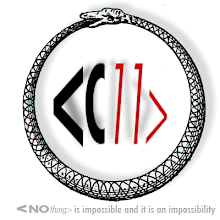
Click on image to enlarge
PROVENANCE: This purse was received a gift in the 1950s in the UK when the current owner was a child. Her memories are that an Aunt gave it to her when she and her husband returned to the UK on furlough from Kenya. The purse may have been purchase in Kenya but more likely on the sea voyage to the UK. Aden is a likely port where it may have been purchased. At the time she received the gift none of her family nor anyone that she knew of had any connection with Tasmania. (Pers. Com 24.03.09)
NETWORKER NOTE: I wouldn't be surprised if these trees are in Africa as there was extensive trade between East Asia and Africa for 100s of years. There were lots of missionaries in Kenya. I'm no expert but the artefact has an East African feel to it.
NETWORKER NOTE: I wouldn't be surprised if these trees are in Africa as there was extensive trade between East Asia and Africa for 100s of years. There were lots of missionaries in Kenya. I'm no expert but the artefact has an East African feel to it.

2 comments:
I am looking though your blog by chance and enjoying reading the entries. I offer the following comment in good faith:The purple coloured seeds used in the illustrated purse as accent beads look like they may well be "Jacobs tears" which are indeed used in Southern African and perhaps East African souvenir beaded jewellery.
Yes you are right and Jacob's Tears seem to crop up in all kinds of places. It is the seed of a grass that is sometimes harvested as a 'grain'. Like the Ipil-ipil this plant has naturalised in the tropics and it seems that it has found its way into gardens as well as an ornamental plant. Like Ipil-ipil seeds it may well be a useful research subject for someone as this plant seems to carry a great deal of cultural carco.
Post a Comment